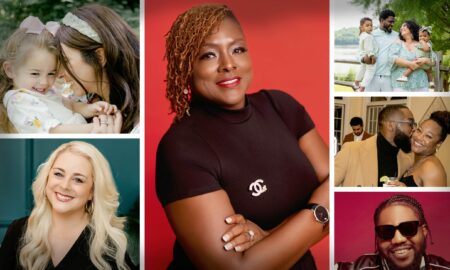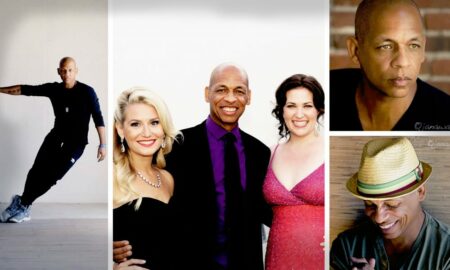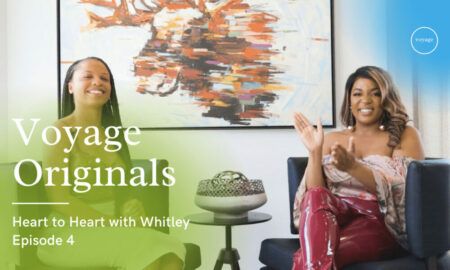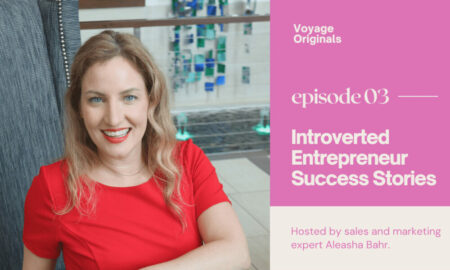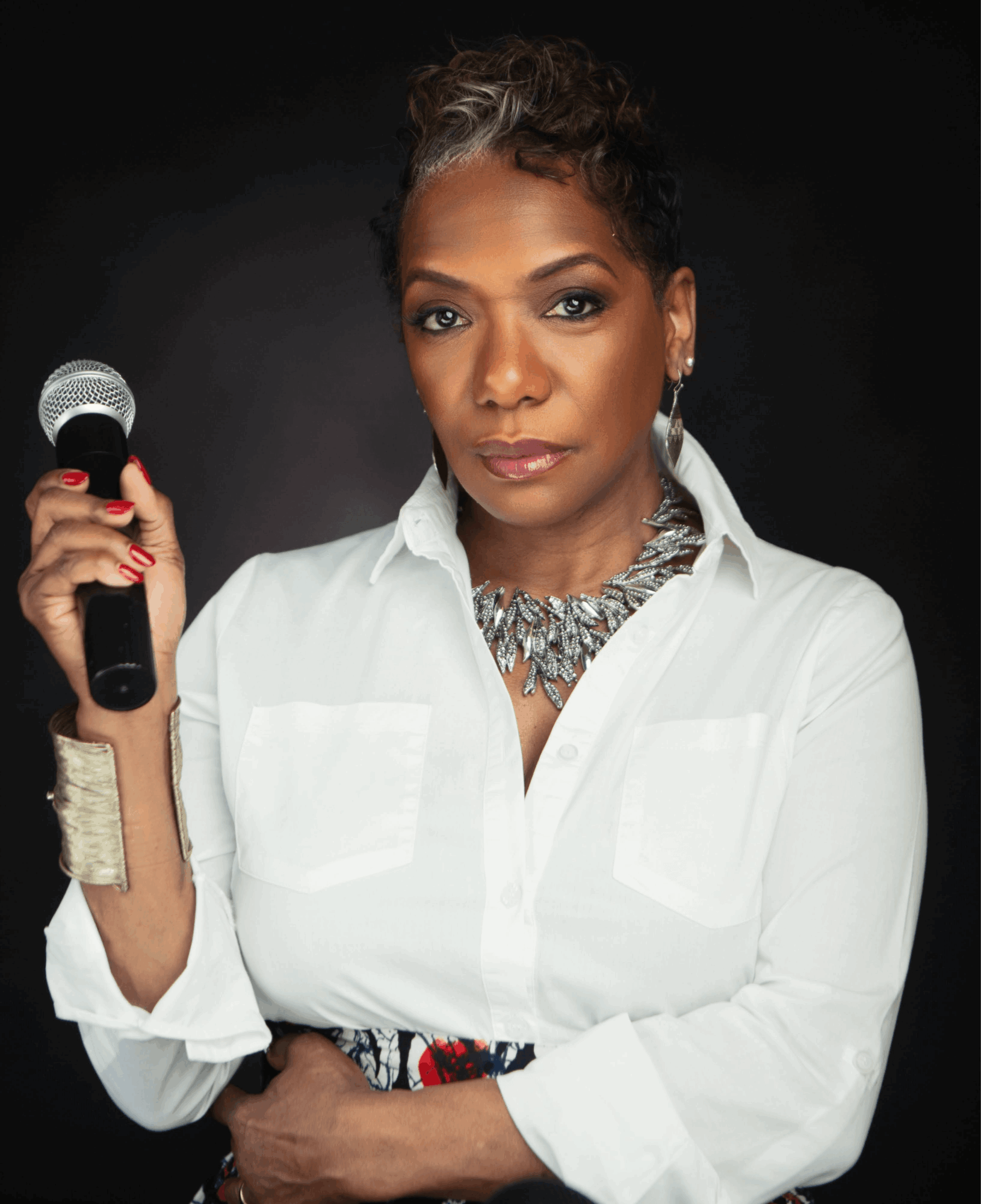

Today we’d like to introduce you to Janet Stovall.
Alright, so thank you so much for sharing your story and insight with our readers. To kick things off, can you tell us a bit about how you got started?
My story really begins with getting mad and deciding to do something about it. I grew up in Rocky Mount, North Carolina, and honestly, as a young girl, I never really thought about being Black. But when I got to Davidson College in the early 1980s, that changed fast. Davidson was a small, predominantly white, predominantly male school with a highly privileged student body situated in a small Southern town with a railroad track separating Black from White. Picture this: fraternities celebrating Old South Day in full Confederate uniform, town police stopping Black people on Main Street to ask for ID, one Black professor—sometimes—and no Black studies classes.
Before anyone called Davidson “highly selective,” I knew it was. I also knew my background was a lot less privileged than many of my classmates. But I figured a shared commitment to the place and the mission would level the playing field. I was wrong. As an English major, I responded the best way I knew how—writing and talking. Finally, my junior year, I wrote a plan called “Project ’87.” It started Davidson on a new journey toward diversity and inclusion.
Here’s the beautiful part of this story: Davidson changed. So much so that I sent one of my daughters there—she’s only the 6th Black legacy in the school’s history. I’m now a trustee, and I’m providing the foundational funding for a revolutionary initiative focused on intentionally developing inclusive leaders for the workplace. Davidson’s unofficial motto is to be a disproportionate force for good in the world, and I think that perfectly captures what we’re trying to achieve. It’s come full circle in the most meaningful way.
After graduating in 1985, my career evolved from a technical systems analyst role at Morgan Stanley into various corporate and agency marketing and public relations roles. I founded The Point Communications in 1994 and ran it for over two decades, working with more than 100 organizations. Eventually, I landed at UPS, where I became one of the few Black speechwriters to work at the C-level in the Fortune 500, serving as the voice of the CEO and senior leadership.
But here’s the thing—I never got over being mad about the lack of diversity. Corporate America was no better than what I’d experienced in college. Indeed, it was worse because so much more was at stake. So I started talking about what made me mad again. In 2018, while still at UPS, I did a TED talk that challenged business to get serious about diversity and inclusion. I had no idea it would take off like it did, achieving nearly 3 million views to date. People started asking me to speak, then to teach. That’s when I founded Pragmatic Diversity to continue that work.
After UPS, I spent time as the Global Head of DEI at the NeuroLeadership Institute, where we focused on changing behavior rather than belief—using science to understand how the brain works and designing interventions accordingly. But in this fraught moment for DEI, I realized I needed to be free to serve as a trusted advisor to organizations that are truly committed to the work. I didn’t want to be encumbered by the need to sell a solution.
Right now, companies are running away from diversity. The current administration is destroying years of progress. Headlines shout that DEI is dead. And yet, many companies are still doing it—those are the ones I work for and want to work for. So now I’m focused full-time on Pragmatic Diversity, where I can help these organizations figure out how to do the work in a way that’s not check-the-box, not superficial or faddish. The pragmatic approach I’ve been preaching for years is finally making sense to a lot of organizations.
We all face challenges, but looking back would you describe it as a relatively smooth road?
Smooth? Not even close. Following what makes me mad has turned me into what I like to call a diversity pragmatist, but it’s been a bumpy ride getting here. The work of dismantling systemic inequity is, by its nature, a struggle because you’re challenging systems that were designed to work exactly as they do.
Things are so bad for DEI these days that people ask me how I get up every day to do this work. Honestly, leaving it all behind to become an expat is tempting sometimes. But the truth is—this IS the work. Lots of people jumped in during DEI’s Cinderella moment post-2020. It was easier then than it had ever been. But what we see now is the real, normal work of DEI. Right now it feels like we’re in this horrible DEI backlash in corporate America, but it’s not a backlash; it’s a regression to the mean. In an inequitable world, equity itself is disruption.
The emotional labor is real. This work is deeply personal. You’re constantly having to make the case for your own humanity and the humanity of others. There have been countless times when I’ve been told that a company “just isn’t ready” for real change, which is a polite way of saying they aren’t willing to do the hard work required.
But here’s what I’ve learned: in college, I subjectively responded to issues and had subjective demands. In the DEI space, subjectivity doesn’t work as well as objectivity. It’s about shaping arguments and discussions in ways that people can see themselves in the need to do this work. Even if they don’t feel themselves to be part of an underrepresented group, they can feel themselves as part of this work. That shift from subjective to objective has been crucial to my effectiveness.
The struggles are what make the victories, no matter how small, so meaningful. Every time an organization has a breakthrough, every time a leader has an “aha” moment, it refuels me for the road ahead.
Alright, so let’s switch gears a bit and talk business. What should we know?
I’m the founder of Pragmatic Diversity, and I’m now focused full-time on this work. The name tells you everything you need to know about my approach—I’m a diversity pragmatist who believes that for DEI to be successful, it has to be tied to business outcomes.
What sets me apart is that I deal with business realities. I focus on real problems, real numbers, and real consequences. We help organizations replace aspirational goals with actionable solutions. During my time as Global Head of DEI at the NeuroLeadership Institute, we focused on changing behavior rather than belief—using science to understand how the brain works and designing interventions accordingly. That experience taught me a lot about the science behind inclusion, but ultimately, I realized I needed the freedom to serve as a trusted advisor without being encumbered by the need to sell a particular solution.
I’ve developed what I call the Inclusilience Framework—it’s inclusion plus resilience. It’s about building the ability to maintain inclusive practices despite challenges or setbacks. And frankly, it’s also a better and safer way not to say “DEI” in this current environment. The framework is built on three core principles: Deliberate Diversity, Intentional Inclusion, and Explicit Equity. It’s about making inclusion part of core operations to achieve measurable results.
I’m known for my direct, no-nonsense approach. I wrote a book called “The Conscious Communicator: The Fine Art of Not Saying Stupid Sh*t” because I believe in calling things what they are. I’m not afraid to say the things that need to be said, but I do it in a way that’s constructive and focused on solutions. I’m currently working on my second book, and I also host a podcast called “In This Moment” at www.inthismoment.network. We’re now starting our second season, and I’m proud to say that season one was among the top 100 business podcasts in Canada and the top 200 in the US.
My work is guided by a simple mantra: diversity isn’t a problem to solve, diversity solves problems. Inclusion isn’t feeling valued, inclusion is being able to deliver value. Equity isn’t fair people, equity is fair systems. This framework helps organizations understand that we’re not talking about charity work here—we’re talking about business strategy.
What I’m most proud of is the tangible impact we’ve had. We developed a tool for Business Resource Groups that helped a leading pharmaceutical company increase sales by $300,000. During my time at NLI, we created the DEI Impact Case, a comprehensive approach that establishes a causal link between DEI and positive business outcomes. These aren’t feel-good stories—these are bottom-line results.
What I want your readers to know is that this work is for organizations that are ready to get serious. The choice is clear: step away or lean in. If you believe diversity is valuable but you’re fighting to keep doing the work, if you need objective proof and ROI, we can help. We help organizations figure out how to do the work in a way that’s sustainable and impactful, even during times of economic downturn or social resistance.
I was recently honored as one of the Atlanta Business Chronicle’s 2024 Outstanding DEIB Voices, which means a lot because Atlanta is home to so many incredible leaders in this space. Being recognized in a city with such a rich history of civil rights leadership and business innovation is particularly meaningful. What I told them is something I believe deeply: in an inequitable world, equity itself is disruption. So if we want equity, we are always going to be disruptive. I get up every morning knowing I’m not going to upend whole systems and change the world in a day. But I’m going to push so that the mean is always moving closer to equity.
Companies exist for two primary reasons: to make money or save money. They operate on clear expectations and deliverables. This practical, results-oriented environment allows diversity to thrive—not as a moral imperative, but as a strategic asset. And it uniquely positions the business world to dismantle systemic inequity.
Can you share something surprising about yourself?
I think people see me on stage or in a boardroom and assume I’ve always been this outspoken and confident. But I’m an introvert at heart. What might really surprise people is that I’m passionate about cooking. My sweet potato bourbon cheesecake was actually the recipe of the year in Parenting Magazine back in 1996. I have five specialty cheesecakes that I make, and my turkey sausage gumbo is legendary among my friends. I even owned a catering company years ago before I got fully into the communications world.
And here’s something completely random—I have an irrational fear of the Easter bunny. Have you seen those mall ones in costume? They’re terrifying! There’s something about those oversized heads and dead eyes that just gets to me. My friends think it’s hilarious, but I’m serious about avoiding them.
Another surprising fact is that my career didn’t start in communications. My first job out of college was as a technical analyst at Morgan Stanley. I was a computer programmer. While it might seem like a detour, that experience taught me how to think logically and systematically, which has been invaluable in my DEI work. It’s about looking at the system, identifying the bugs, and rewriting the code to create a better outcome. So, in a way, I’m still doing the same thing, just with people and organizations instead of computers.
Contact Info:
- Website: https://www.pragmaticdiversity.com
- Instagram: @diversitypragmatist
- LinkedIn: @janetmariestovall
- Other: inthismoment.network/
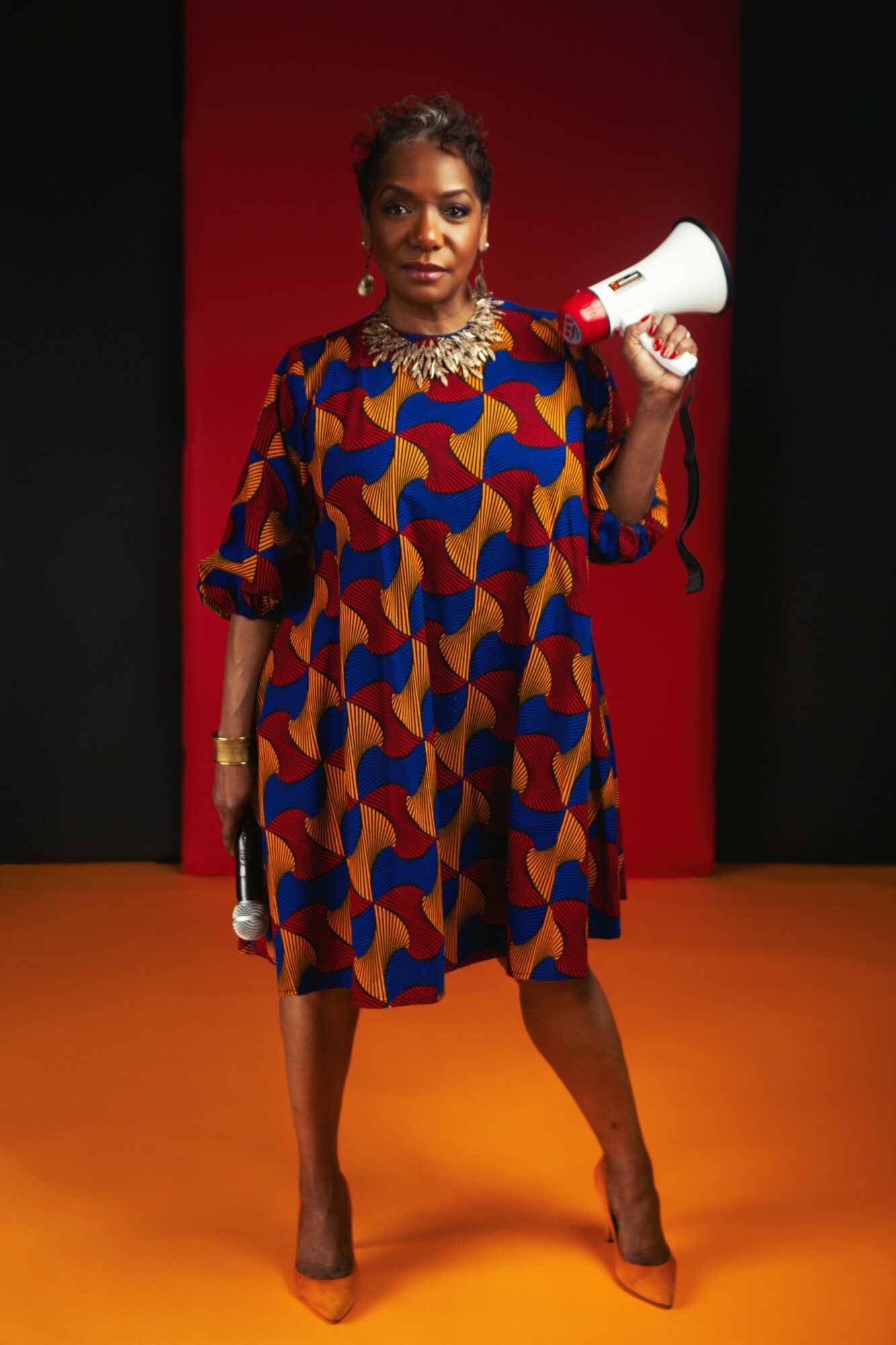
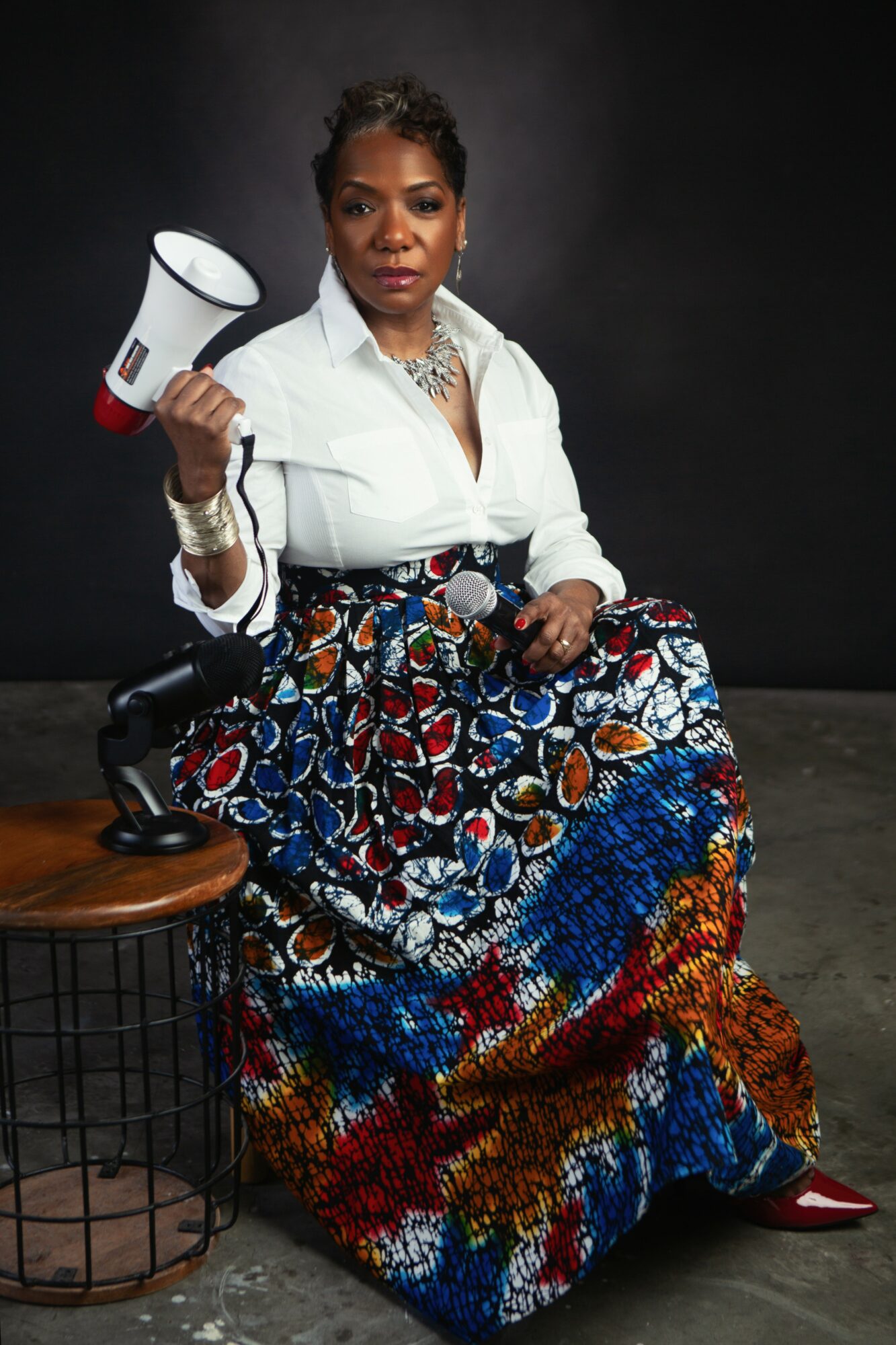
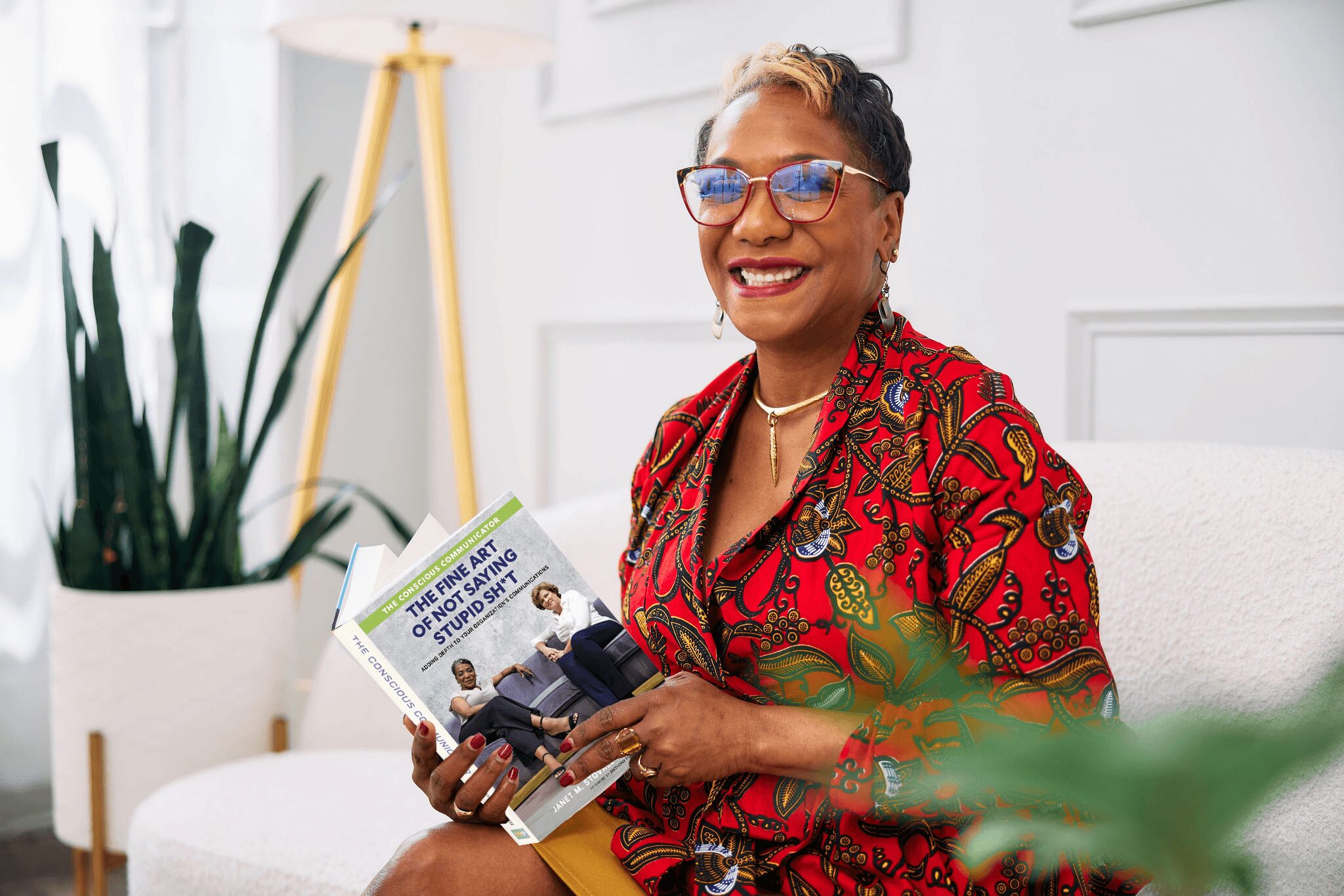
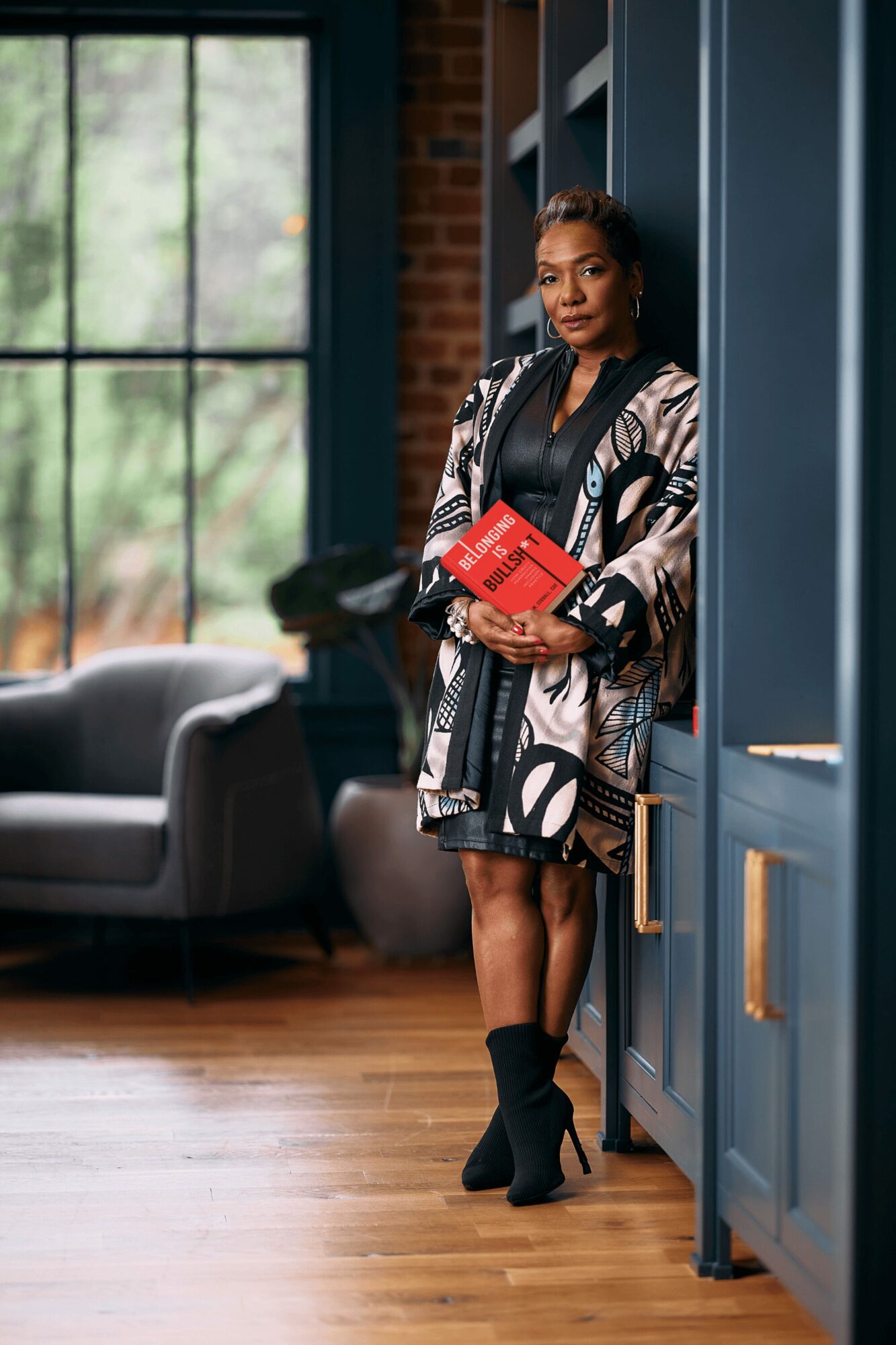
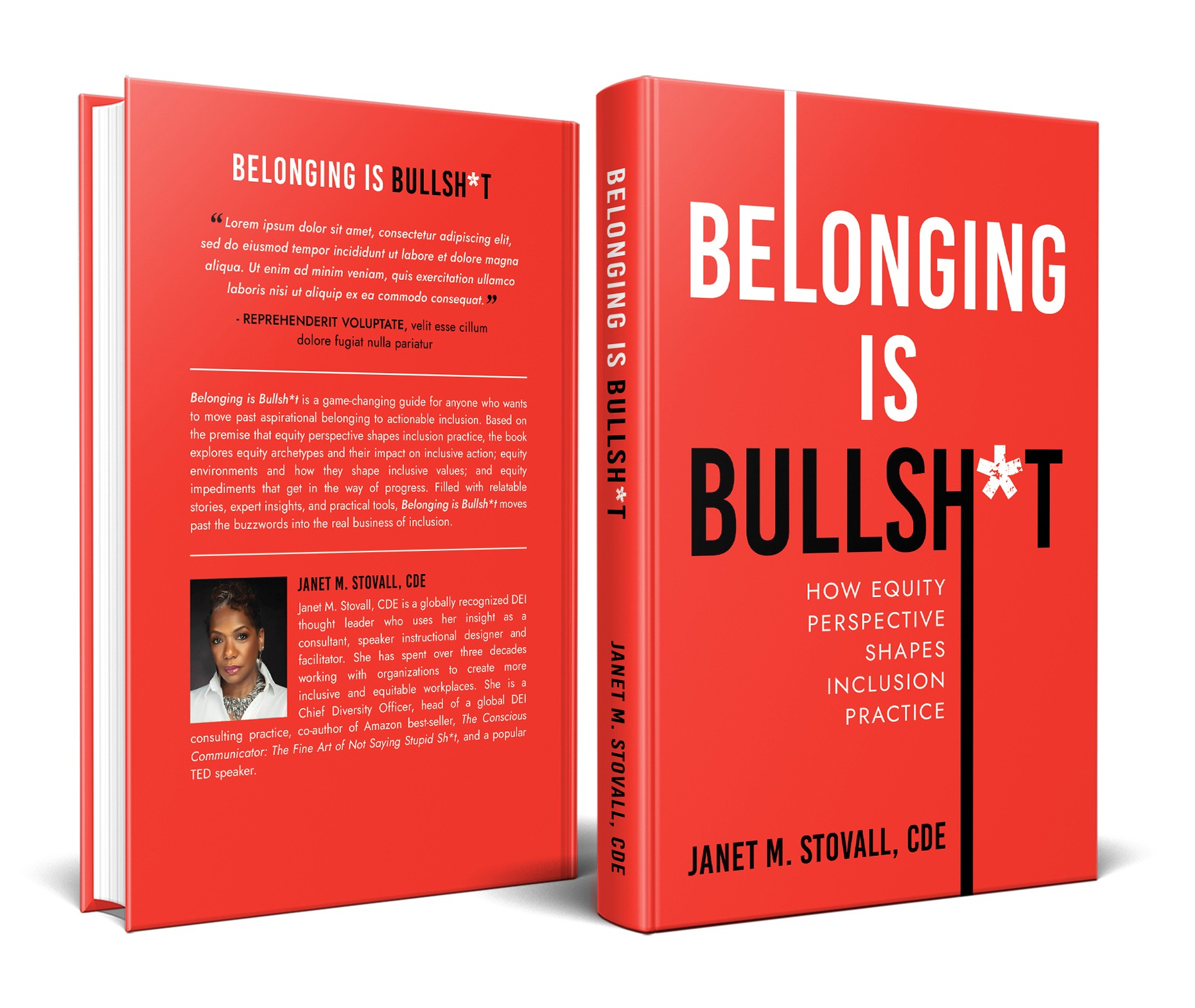
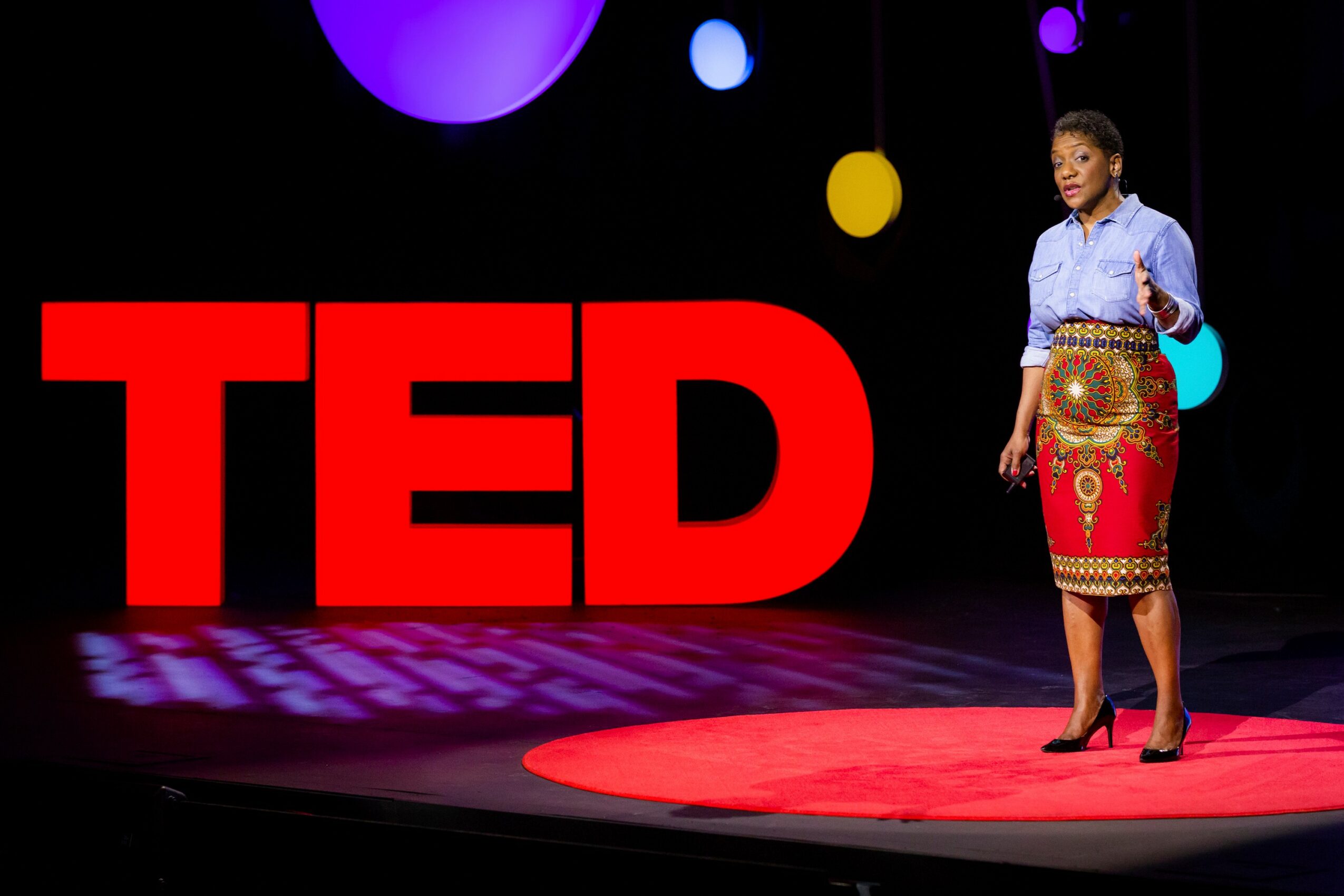
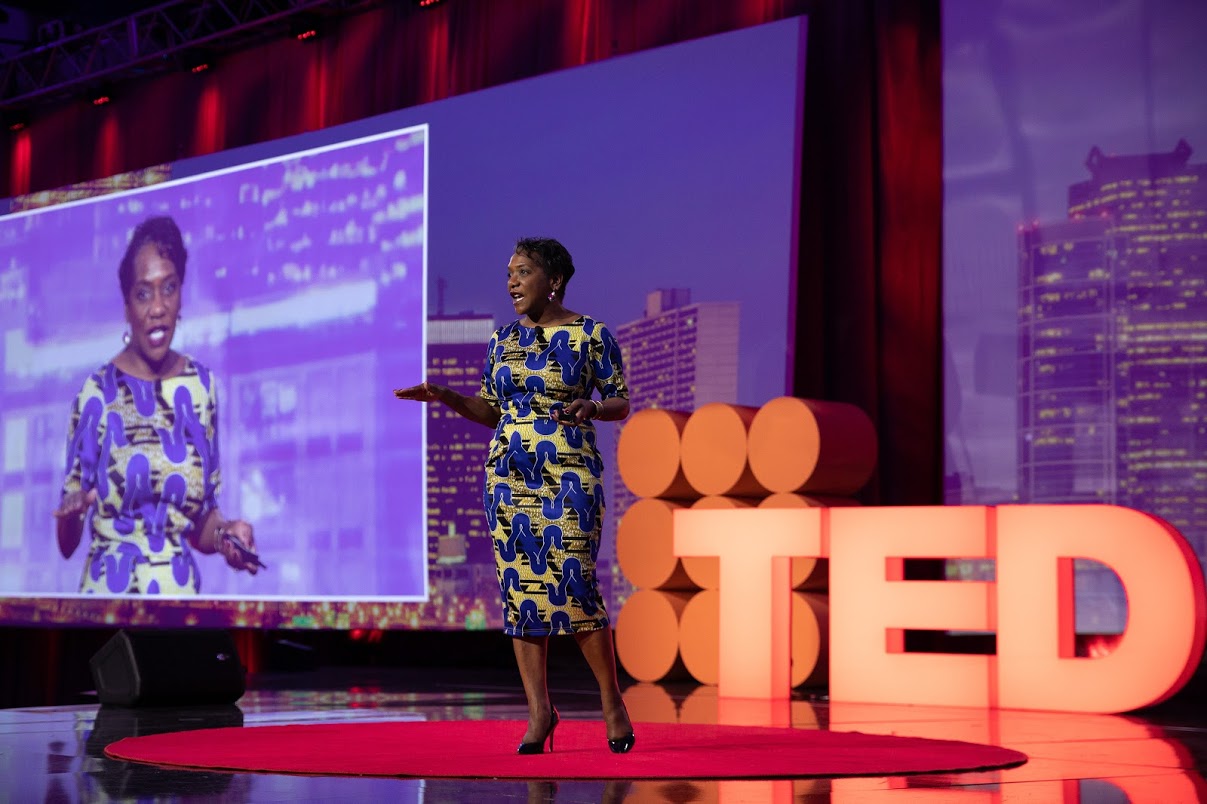
Image Credits
Nicole Barton
Mike Dawkins

